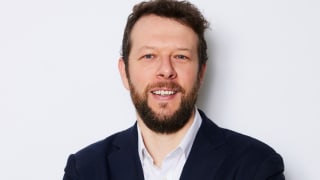Interview with Leah Chandler, Chief Marketing Officer, Discover Puerto Rico and Nate Huff, Senior Vice President, Miles Partnership
We caught up with Leah Chandler, the Chief Marketing Officer at Discover Puerto Rico, and Nate Huff, Senior Vice President of Miles Partnership, in order to discover their takes on the key challenges facing place branding in the Latin American region.
CNP: Why do you think that this is a good time to be launching City Nation Place Latin America & Caribbean to bring together national, regional and city place branders to explore the unique challenges that the region faces?
It's great to see that you're enjoying our content.
You've already read one article this month. Please sign in or create an account to continue reading - it's completely free and will only take a minute!
Thank you for using City Nation Place!
To access please sign in








